So for my first post I wanted to introduce myself to you the reader, as I have been wanting to set up a blog for a couple of years now to document my travels, adventures and life.
I feel like I am at a good point in my life, where I feel I can reflect, write and talk about my adventures. I want this blog to an insight into my life and who I am; unfiltered, real and trying to navigate living in two countries while setting up a tour company and running a business. These posts will be a true reflection on my live and how I navigate it with Tsiraiky, my husband and business partner.
You may be thinking how did I get here? Well here is an insight into my background and life before I met Tsiraiky…
Travelling has always been a part of my life, whether it’s been with my family, or solo I have always loved exploring new places, visiting local people and their cultures. I was lucky to have adventurous parents who weren’t afraid to go outside the box when it came to summer holidays! When I was 8 we spent the summer in South Africa where we went on safari. This was my first time travelling to a really unknown place. I loved the excitement and learning about all the wildlife. This truly fascinated me.
When I was 14 we spent three weeks in Botswana, wilderness camping every night while driving up through the Okavango Delta to Victoria falls. As I’m sure you can imagine this was a real adventure. I loved the excitement of what each new place would bring, what animals we would or could encounter.
Several years later, in my undergraduate course, Wildlife Ecology and Conservation Science at University West of England, I had a placement year in Peru. I was an intern for 6 months at a remote research site in the Peruvian Amazon, I was in the heart of the Madre de Dios with the CREES Foundation. I gained a qualification in tropical survey techniques and survey leadership, eventually leading butterfly research at the station for my final two months. In my final undergraduate year, I wrote my dissertation on the impact differing levels of historic anthropogenic disturbance has on butterfly abundance and diversity in a regenerating forest.
In my final year of university I planned and executed a two-week research trip to a remote field site in Madagascar. Here I worked alongside my Bristol peers and Malagasy students, collecting data, analysing it and writing up reports in the field.
Intent on making a life in conservation that looked at the interface between humans and wildlife, I focussed my studies on primates, studying Primate Conservation at Oxford Brookes. My masters’ modules developed my understanding of the relationships between human-wildlife interactions and species in highly fragmented forests, which further motivated me to deepen my understanding of the relationship between wildlife conservation and human communities.
Unfortunately, COVID-19 forced me to amend my plans to carry out research in Madagascar for my dissertation. Instead it gave me the opportunity to develop my GIS and data analysis skills. My desk-based dissertation used geospatial analysis to understand the navigational strategies and inferred cognitive ability of bamboo lemurs in a forest fragment. This paper was published in Animal Behaviour Journal (Watkins et al., 2022).
As if doing a masters in COVID wasn’t enough, I went on to start a PhD in Primate conservation. The title of my PhD was, “Beneath the moon and under the sun: what the navigational strategies of Eulemur collaris can tell us about the evolution of higher cognition”. This research led me back to Madagascar where I lived for a year in the forests of Sainte Luce. A fragment of forest 50km from Fort-Dauphin in Southeastern Madagascar. The aim of the research was to follow two groups of lemurs over a 12 hour period (6am - 6pm) and (6pm - 6am). I was in the forest mostly alone apart from a guide and the lemurs. I conducted 4 surveys a week from March 2022 - May 2023. This was some of the hardest work I have ever done. This isn’t the main point of this blog, so I will explore more of my research time in another post. As I really think it is important to discuss women in research especially within remote locations.
It was in my time in Madagascar that I met Tsiraiky. Having spent almost two years with him nearly everyday, he managed to make sense of that young girl who loved wildlife and nature but liked technology and going out dancing; the girl who wanted to be a tour guide in Africa but loves home and family; that 10 year old who wasn’t afraid to go for what she wanted but was also vulnerable and needing of reassurance. Having Tsiraiky, in my life makes sense of all my contradictions and gaves me a way into real connection with communities that I have spent so long learning about. He pulled me into the life and buzz of real Malagasy life, sharing his passion for wildlife, family and people with me, showing me the real Madagascar, the true grit of people, their strength, and the battles they face everyday while living everyday side by side with wildlife and in nature.
My biggest take away from two years in Madagascar is the people, who are so caring, accepting and who have such an extraordinary outlook in life. Tsiraiky developed the concept of Miremby when he first became a tour guide but Covid closed Madagascar down to tourist for two years and the dream began to fade. Together we have reignited that dream and developed it into the business it is today. Miremby works with local communities to provide locally-led tours that highlight and showcase life in Madagascar. Future blogs will explore more of life in Madagascar, the communities and people we work with and give you a insight into the true Madagascar.

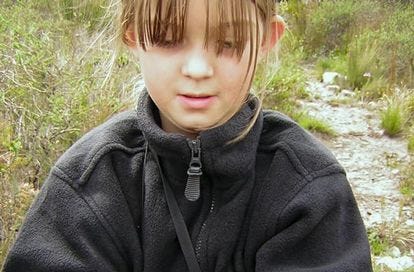




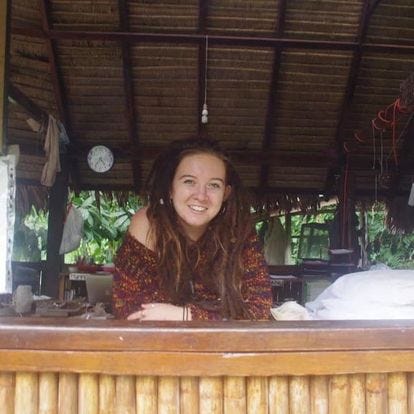
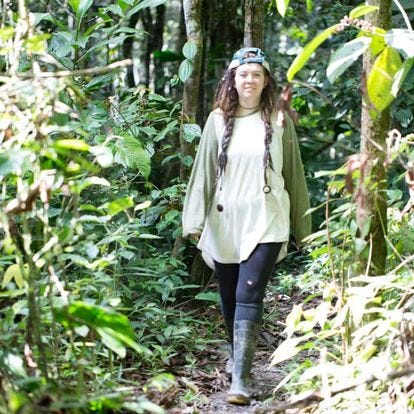


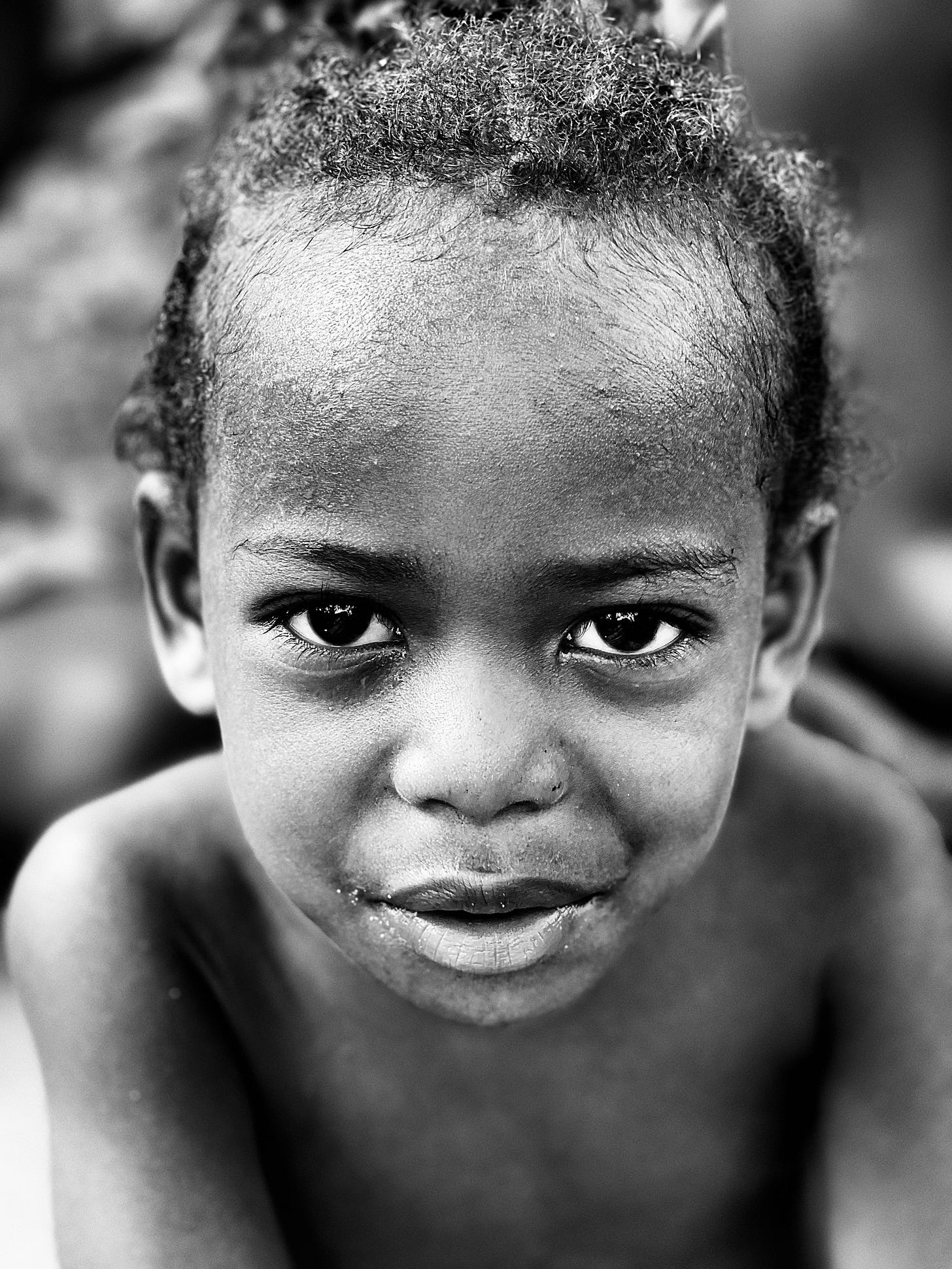
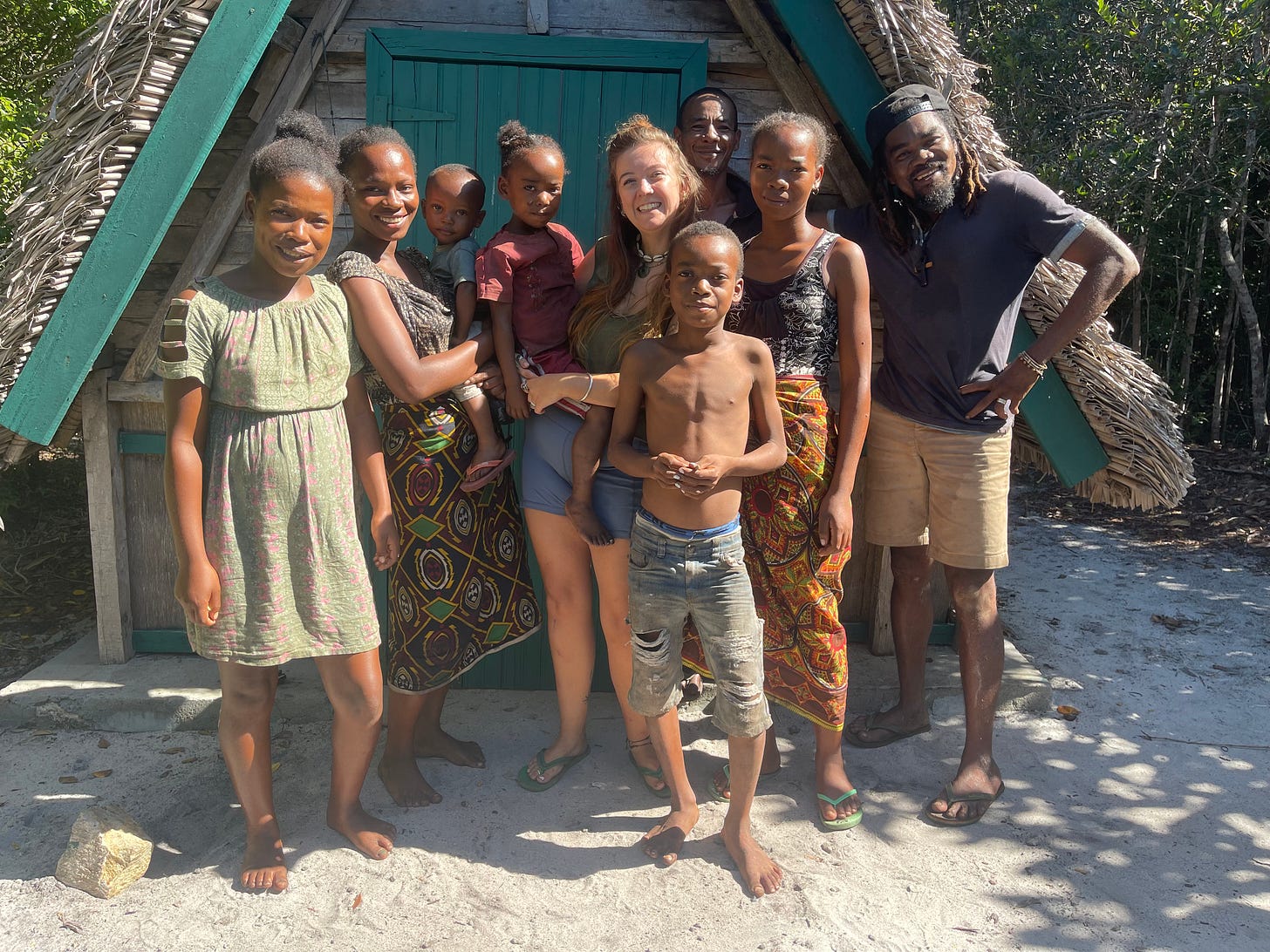

Great to read about how you got here, Bethany. I'm v excited about coming to Madagascar on Miremby tour!
Great intro to what you do - good luck !